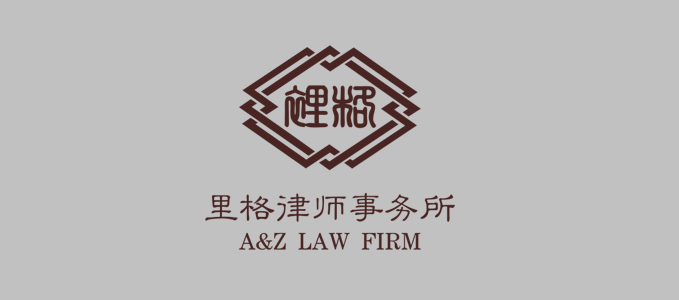Duty-Paid Value A Chinese Customs Challenge
Duty-Paid Value A Chinese Customs Challenge

Duty-Paid Value a Chinese Customs Challenge
Andrew Zhang, Head of the European-American Desk
China is now the biggest international trading country in the entire world. Countless goods have been imported from foreign countries into China. However, many foreign companies have been met with the situation in which the price of imported goods has been challenged by Chinese Customs. As a result, the goods have been levied a higher tariff and/or import VAT; a challenge that most foreign companies are unaware of how to deal with.
To decrease foreign companies’ risks under the challenge of Customs, foreign companies not only need to know why the customs will challenge the duty-paid value which is declared by them, but also need to know how to communicate with customs officers to solve those potential risks. We suggest that foreign companies should be familiar with the principle and the procedure of assessing and determining the duty-paid value of imported goods in China.
Introduce such contents:
- According to the “Measures of Customs of the People's Republic of China for Assessing and Determining the Duty-paid Value of Imported and Exported Goods” (the “Measure”), all duty-paid value for imported goods declared by foreign companies shall be based on the CIF price (Cost, Insurance, and Freight) and reflect the real transaction value of the goods between the buyer and seller. If Chinese customs have doubts as to the authenticity or accuracy of the declared duty-paid value or there is a special relationship between the buyer and seller that will influence the transaction value, Customs may require the declarant to make a supplement declaration to clarify the situation. In case Customs is still not satisfied with such a supplement declaration, it is possible that Customs will question the declared duty-paid value presented. When this happens, Customs issues a Notice of Customs of the People's Republic of China on the Challenge of Price (“Challenge Notice”). The challenge procedure will then have been initiated.
- When the declarant receives the above-mentioned Challenge Notice, it shall, within 5 working days, provide the relevant documents and other evidence to prove the duty-paid value declared has not violated the relevant regulations under the Measure. For instance, where the same goods have been declared to another Customs bureau within Chinese territory during the past year, and the price declared was the same and had been accepted by the other Customs bureau.
- If Customs is still not satisfied with the relevant documents and other evidences provided by the declarant, Customs shall issue a Notice of the Customs of the People's Republic of China on the Price Consultation (“Price Consultation Notice”). It should be noted that this is the last chance within which the declarant can convince Customs. In practice, most declarants will forego this, we still, however, recommend the declarant conduct such procedure within 5 working days after receiving the Price Consultation Notice. According to our experience, the declarant will commonly have the opportunity to clarify the reason with Customs. An example can be seen through the following; a client was challenged by Customs for the duty-paid value of milk powder where Customs estimated that the client needed to add the royalty of the parent company’s trademark into such value. Customs ultimately accepted the initial duty-paid value declared by the client as due to the special craftwork of the milk powder at the local factory once it had been imported into China.
- If the declarant waived the right to participate in the Price Consultation, or its opinion still had not been accepted by Customs, Customs would assess and determine the duty-paid value of the imported goods. It shall be noted that the Measures require Customs to assess and determine the duty-paid value in accordance with the following method in sequence (Only the order of (3) and (4) could be changed):
- The method on the basis of the transaction value of identical goods sold within the territory of China at or around the same time that the goods in question were imported;
- The method on the basis of the transaction value of similar goods sold within the territory of China at or around the same time as the goods in question were imported;
- The method on the basis of the sales price of the imported goods and the identical or similar goods sold within China by deducting the relevant expenses incurred in China;
- The method on the basis of the sum of manufacture costs, the usual profits, the domestic sales expenses of the goods of the same grade or same kind in China, and the freight insurance premiums before unloading at the entry point within Chinese territory;
- The method on the basis of the objective and quantitative data and materials and in accordance with the principles prescribed in Article 2 of the Measures.
Once one has understood the above mentioned principles and procedures, we believe they will have the ability to use them more flexibly in solving possible problems when importing goods into China.



